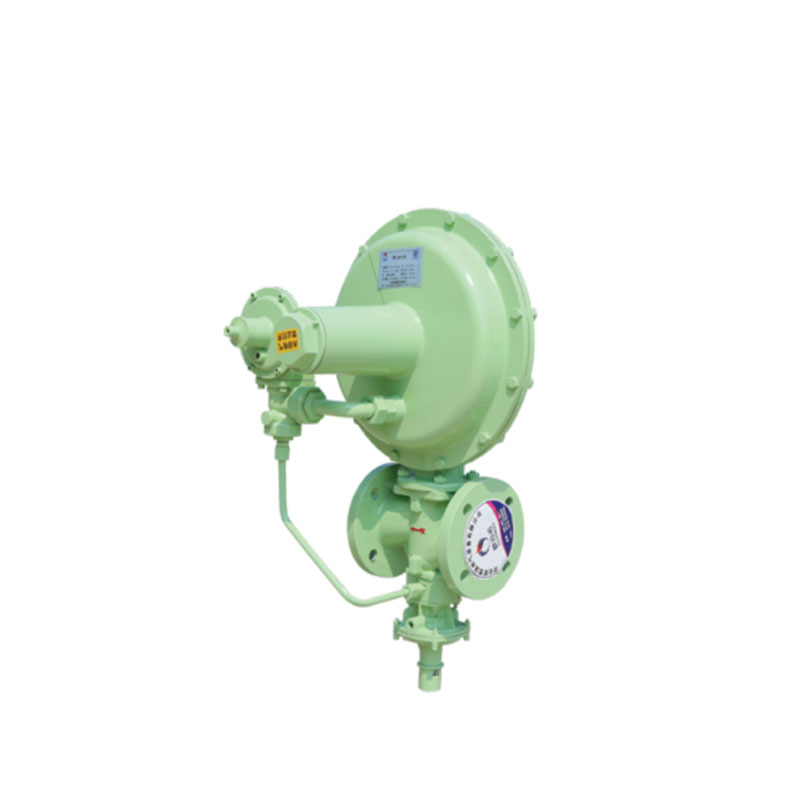
8 月 . 06, 2024 14:34
Back to list
Design and Functionality of Gas Pressure Regulation Systems for Safe Distribution Networks
Gas Pressure Reducing Station An Overview
Gas pressure reducing stations play a crucial role in the transportation and distribution of natural gas. These facilities are essential for ensuring that gas arrives safely and at the appropriate pressure for usage in both residential and industrial applications. As natural gas travels from production areas through pipelines to end users, maintaining the quality and safety of the gas supply is paramount, and pressure reducing stations are key components in achieving this.
Understanding Gas Pressure
Before delving into the functions of a pressure reducing station, it's essential to understand gas pressure. Natural gas is transported through extensive pipeline networks under high pressure to ensure efficient movement over long distances. However, this pressure is often too high for end users, which is where pressure reducing stations come into play. They adjust the pressure of the gas to safe and manageable levels for usage, mitigating any risks associated with high-pressure gas.
Functionality of a Gas Pressure Reducing Station
A gas pressure reducing station typically consists of several critical components, including pressure regulators, filters, and safety devices. The primary function of this station is to reduce the high-pressure gas from the main pipeline to a lower pressure suitable for distribution.
1. Pressure Regulation The heart of a reducing station is its pressure regulators. These devices continuously monitor the pressure of the gas flowing through them and adjust it as necessary. If the pressure exceeds a predetermined threshold, the regulator will automatically engage, allowing more gas to flow through while ensuring that the pressure remains within safe limits.
gas pressure reducing station

2. Filtration Before the gas can be delivered at the lower pressure, it must be filtered. Impurities and contaminants can pose significant risks, not only affecting the performance of appliances but also compromising safety. Filters in the reducing station ensure that only clean gas enters the distribution system.
3. Safety Features Gas pressure reducing stations are equipped with numerous safety features to prevent accidents. These may include pressure relief valves, emergency shut-off valves, and alarm systems that alert operators to any irregular pressure surges. These safety mechanisms are vital in protecting both the facility and the community it serves.
Importance and Benefits
The importance of gas pressure reducing stations cannot be understated. They ensure that natural gas is delivered at the correct pressure, which is vital for the safe operation of appliances and machinery used by consumers and businesses. By regulating pressure, these stations help prevent equipment failure and potential hazards associated with gas leaks or explosions.
Beyond safety, effective pressure management allows for better efficiency in gas distribution. By controlling gas pressure, utility companies can optimize their operations, reduce waste, and enhance overall system reliability. This efficiency contributes to cost savings for both the provider and the consumer, making natural gas an economical choice for energy.
Conclusion
In summary, gas pressure reducing stations are indispensable in the natural gas distribution chain. They ensure that gas is delivered safely and efficiently, protecting both equipment and human lives from the hazards associated with high-pressure gas. As the demand for natural gas continues to grow globally, the role of these stations will become even more critical in maintaining a robust and reliable energy supply. By investing in and maintaining advanced pressure reducing stations, we can secure a safer and more efficient natural gas infrastructure for the future.
Latest news
-
Unlocking The Quality Gas Pressure ReducersNewsNov.01,2024
-
The Role of Gas Pressure Reducing StationsNewsNov.01,2024
-
The Importance and Functionality of Safety Relief ValvesNewsNov.01,2024
-
The Essential Role of Safety Valves in Natural Gas ApplicationsNewsNov.01,2024
-
The Essential Role of Gas Pressure RegulatorsNewsNov.01,2024
-
Enhance Your Premium Gas FiltersNewsNov.01,2024

